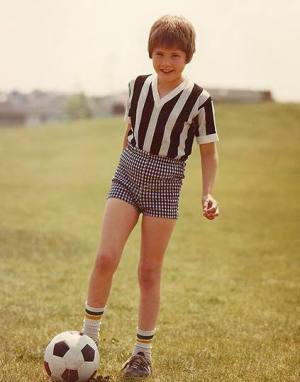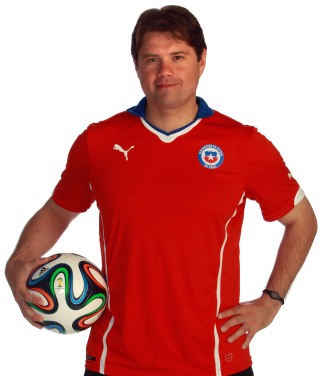Famous pitch man
São Paulo, Brazil — I’ve never met Pele, but have seen him everywhere in Brazil.
The soccer icon is highly visible here, not as an ambassador to the 2014 World Cup, but as a corporate spokesperson.
There doesn’t seem to be a product here in Brazil, Pele isn’t endorsing.
His face is on posters all over the country, pitching a number of different products.
During the tournament, we’ve seen him at least three different television commercials for three different products.
As arguably the best soccer player in the history of the game and the only player to win three World Cup championships, it seems odd to see him as a corporate shill.
That would be like Wayne Gretzky pushing product after product back home.
Pele is idolized here in Brazil.
His story is well documented.
When Brazil first hosted the World Cup in 1950, they lost the final to Uruguay in front of almost 200,000 fans at the Maracana Stadium.
Pele’s father wept after the game and it was the first time the player, born as Edson Arantes do Nascimento, saw him cry.
A nine year old Pele promised his father, he would help Brazil win the World Cup.
Eight years later in Sweden, a 17-year-old, Pele helped Brazil capture their first World Cup title with a decisive 5-2 win over the hosts.
Pele scored two goals in the final and was unconsolable after the game, having delivered the promise to his father.
Brazilians fell in love with him at that moment.
Four years later in Chile, Pele once again helped Brazil win the World Cup title, although injured in the early stages of the tournament, he did not play in the final.
After literally being hacked and whacked out of the 1966 World Cup in England, Pele came back to lead Brazil to their third World Cup title in Mexico four years later, playing on arguably the best team in tournament history.
Pele also had a long and distinguished club career in Brazil, playing for Santos, before closing out his playing days in the original NASL with the New York Cosmos.
He’s scored more goals than any other player in the history of the game. And at one time, he was the highest paid athlete.
He’s been an ambassador of the sport since retiring and is still beloved in Brazil. He’s an official national treasure.


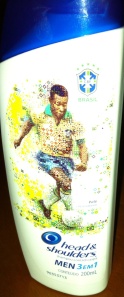

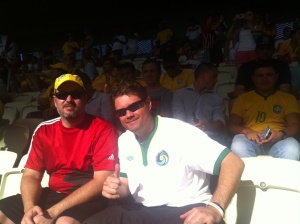
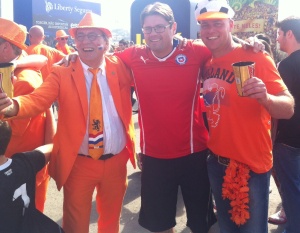
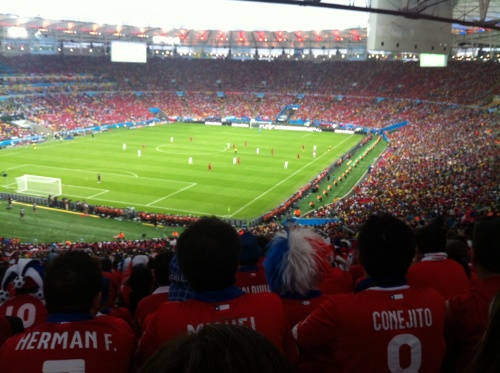
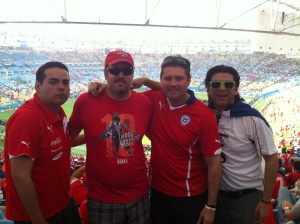

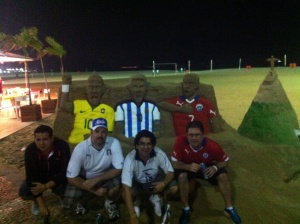
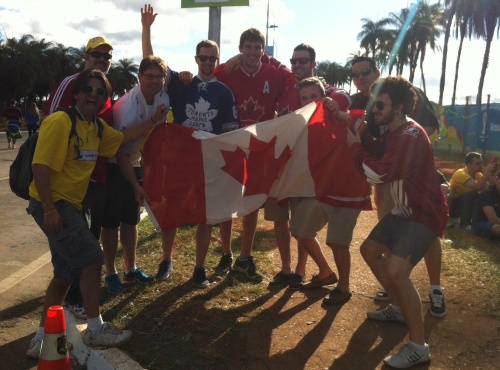
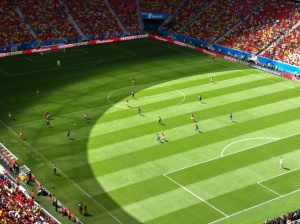
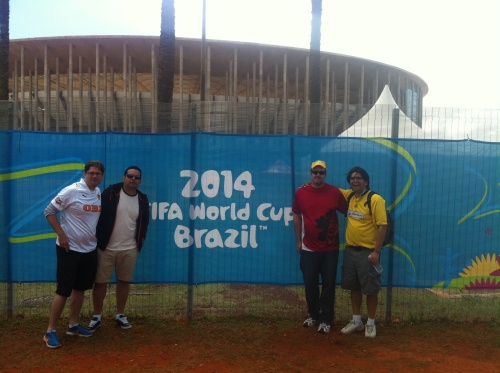
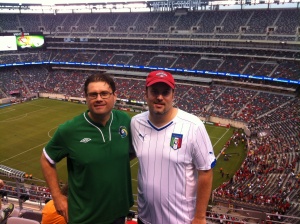
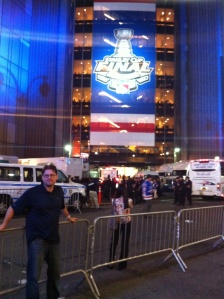
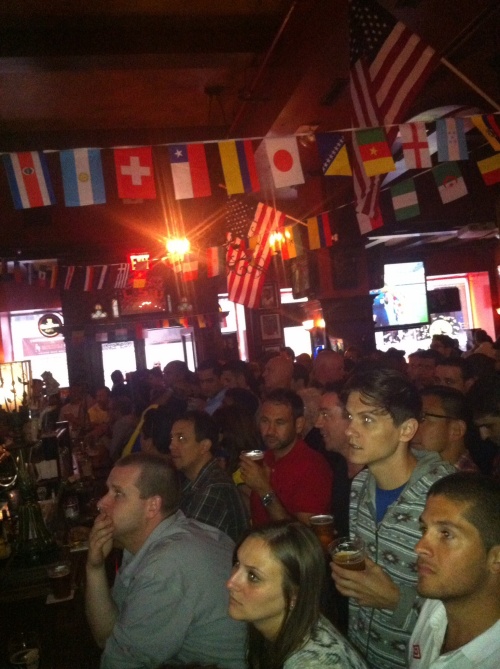
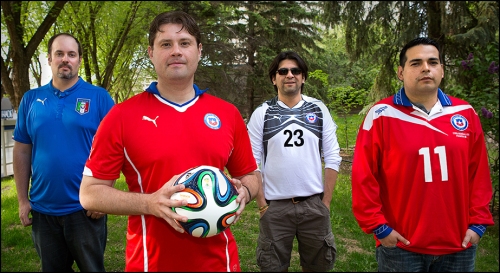

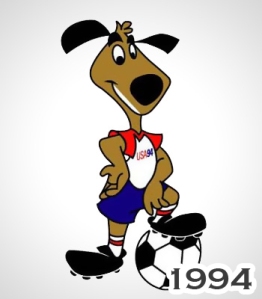 Logistically, it would have been an easy tournament to go to, however, we didn’t have a team to root for.
Logistically, it would have been an easy tournament to go to, however, we didn’t have a team to root for.